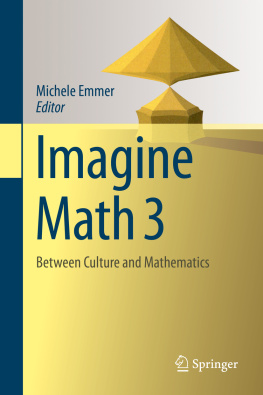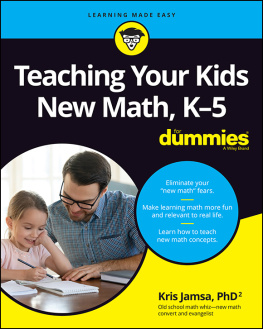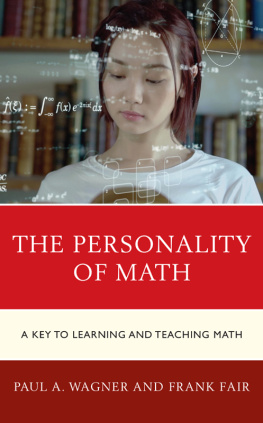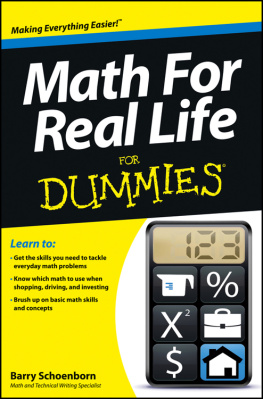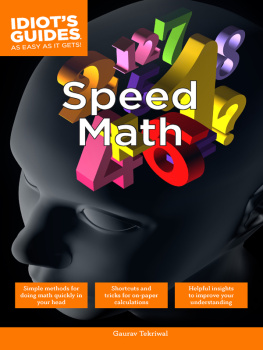Imagine mathematics, imagine with the help of mathematics, imagine new worlds, new geometries, new forms. Imagine building mathematical models that make it possible to manage our world better, imagine solving great problems, imagine new problems never before thought of, imagine music, art, poetry, literature, architecture, theatre and cinema with mathematics. Imagine the unpredictable and sometimes irrational applications of mathematics in all areas of human endeavour.
Imagination and mathematics, imagination and culture, culture and mathematics. For some years now the world of mathematics has penetrated deeply into human culture, perhaps more deeply than ever before, even more than in the Renaissance. In theatre, stories of mathematicians are staged; in cinema Oscars are won by films about mathematicians; all over the world museums and science centres dedicated to mathematics are multiplying. Journals have been founded for relationships between mathematics and contemporary art and architecture. Exhibitions are mounted to present mathematics, art and mathematics, and images related to the world of mathematics.
This third volume of the series begins with the connections between art and mathematics including the papers of L. D. Henderson, E. Barisoni, U. Bottazzini, M. Rottman and M. Emmer. All the papers are connected to the large exhibition on Art and Math entitled Visible Harmonies that was to take place at the MART in Italy during 2013, and was cancelled a few weeks before the opening. An article by J. P. Bourgignon is dedicated to the exhibition he organized in Paris in 2013 on math and modern Art. The volume includes an homage to Benoit Mandelbrot by N. Samuel and G. A. Losa. Very interesting the connections between math, architecture and design are addressed in the papers by G. Legendre, E. Fiorelli and others, and A. Giuliani.
An interesting part is dedicated to the connections between math, computer science and theatre with the papers by C. Bardainne and A. Mondot.
All topics are treated in a rigorous but captivating way, detailed but full of evocations. An all-embracing look at the world of mathematics and culture.
Mathematics has determined the direction and content of much philosophic thought, has destroyed and rebuilt religious doctrines, has supplied substance to economic and political theories, has fashioned major painting, musical, architectural and literary styles, has fathered our logicFinally, as an incomparably fine human achievement mathematics offers satisfactions and aesthetic values at least equal to those offered by any other branch of our culture.
So wrote the math historian Morris Kline in the book Mathematics in Western Culture [, p. 150].
In 1623, Galileo wrote in The Assayer ( Il Saggiatore ):
I seem to discern the firm belief that in philosophizing one must support oneself upon the opinion of some celebrated author, as if our minds ought to remain completely sterile and barren unless wedded to the reasoning of some other person. Possibly he thinks that philosophy is a book of fiction by some writer, like the Iliad or Orlando Furioso , productions in which the least important thing is whether what is written there is true. Well, Sarsi, that is not how matters stand. Philosophy is written in this grand book, the universe, which stands continually open to our gaze. But the book cannot be understood unless one first learns to comprehend the language and read the letters in which it is composed. It is written in the language of mathematics, and its characters are triangles, circles, and other geometric figures without which it is humanly impossible to understand a single word of it; without these, one wanders about in a dark labyrinth [, pp. 237338].
Thus, without mathematical structures we cannot understand nature. Mathematics is the language of nature.
A few centuries later, in 1904, a famous painter wrote to Emile Bernard:
Traiter la nature par le cylindre, la sphre, le cne, le tous mis en perspective, soit que chaque cte dun objet, dun plan, se dirige vers un point central. Les lignes parallles lhorizon donnent ltendue, soit une section de la nature. Les lignes perpendiculaires cet horizon donnent la profondeur. Or, la nature, pour nous hommes, est plus en profondeur quen surface, dou la ncessite dintroduire dans nos vibrations de lumire, reprsente par les rouges et le jaunes, une somme de blues, pour faire sentir lair [, pp. 268269]
(Treat nature by the cylinder, the sphere, the cone, all put into perspective, that is, each side of an object, of a plane, is directed towards a central point. The lines parallel to the horizon give the extension, or a section of nature. The lines perpendicular to this horizon give depth. But nature, for us, is more depth than surface, whence the necessity of introducing into our vibrations of light, represented by red and yellow, a certain amount of blue, to feel the air.)
The art historian Lionello Venturi commented that in the paintings by Cezanne (the famous artist in question) there are no cylinders, spheres and cones, so the artists quote represents nothing but an ideal aspiration to an organization of shapes transcending nature.
It is easy to see how mathematics has contributed to changing our concept of spacethe space in which we live and the idea of space itself. This is because mathematics is not merely a means of measurement in recipes, but has contributed, if not determined, the way in which we understand space on earth and in the universe.
These are some of the reasons behind a major exhibition dedicated to the idea of space and the relationships between modern and contemporary art and mathematics from the twentieth century to the present day at the MART in Rovereto, one of the most important European museums of modern and contemporary art. The exhibition entitled Visible harmonies: the idea of space between art and mathematics , will probably open March 2013 and will remain open until the end of June 2013.
The general idea of the exhibition is by Michele Emmer, the project by Gabriella Belli, director of the MART, and Michele Emmer, and the organisation by Eisabetta Barisoni. The other members of the scientific committee are: Umberto Bottazzini, Universit di Milano; Linda D. Henderson, University of Texas at Austin; and Michael Rottman, Frei Universitt Berlin. The curators of the catalogue, in two different volumes, Italian and English, are Gabriella Belli and Michele Emmer [, p. 121122].
This is what I wrote in 2011 about the exhibit.
Today, in 2013, I know that this exhibition will never come to be. The preparatory work went on for 4 years, the scientific committee met about ten times in Rovereto to organise the design of the exhibition, the catalogue, and the list of works. Contact had been made with the university and the MUSE, the museum of science in Trento, designed by Renzo Piano, which opened on 27 July 2013, for collateral initiatives: lectures, exhibitions, films, theatrical productions. By the end of 2011 the catalogue was almost complete, a substantial number of works had already been obtained through loans from other museums around the world. In short, the exhibition was in its final stages. Then several things happened that were not foreseen. The director of the MART accepted a very prestigious position, to preside over all the museums in the city of Venice, from the Museo Correr, to the Ducal Palace, to the museum of Ca Pesaro, to the glass museum in Murano, and others. The transfer took place at the beginning of 2012. A new director was nominated for the MART. In consequence of the ongoing financial crisis in Italy, even a wealthy region such as Trentino-Alto Adige has had its funding cut, and these impact the MART as well. As early as October 2011 I saw clearly that the exhibition would never open. It is not easy to accept that 4 years of work will not produce any concrete result, especially when youve arrived towards the end of your scientific career, and that exhibition represented the culmination of 40 years of work. Finally, after much insistence, in February 2012 the official announcement arrived that the project had been cancelled.

